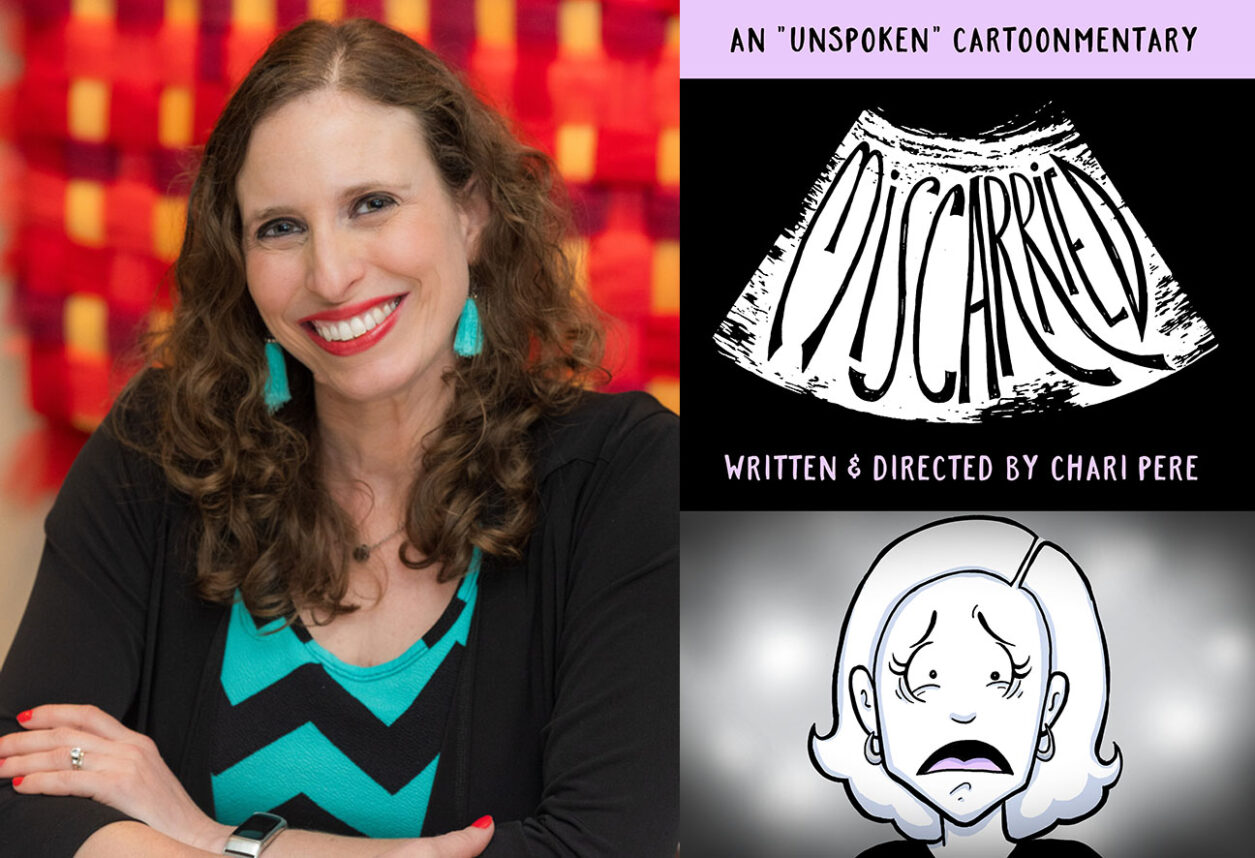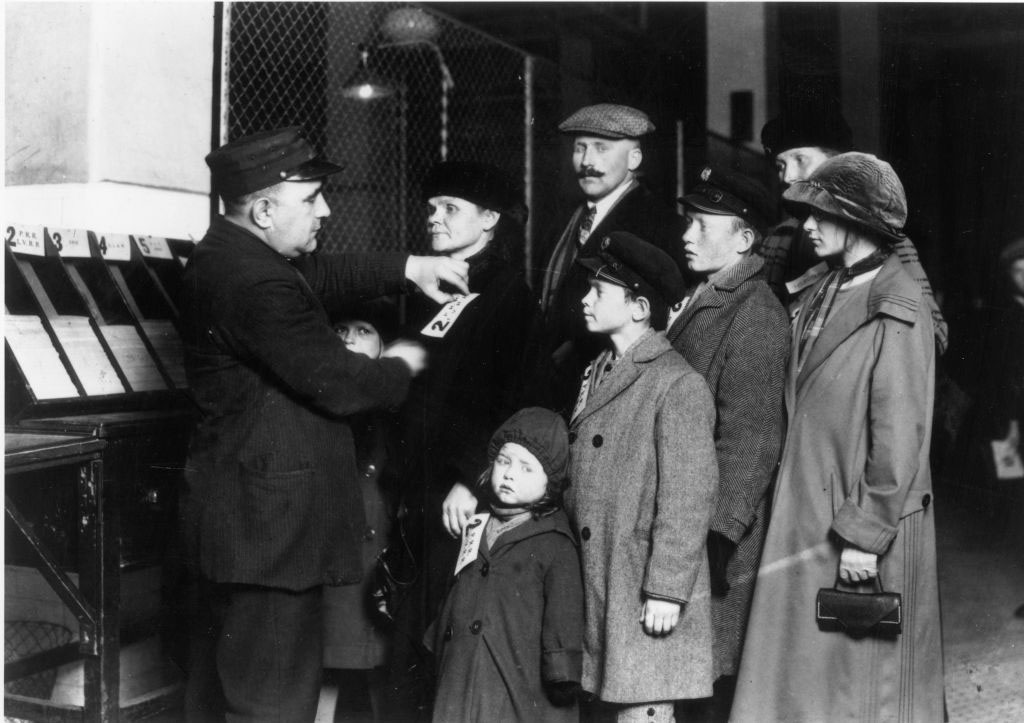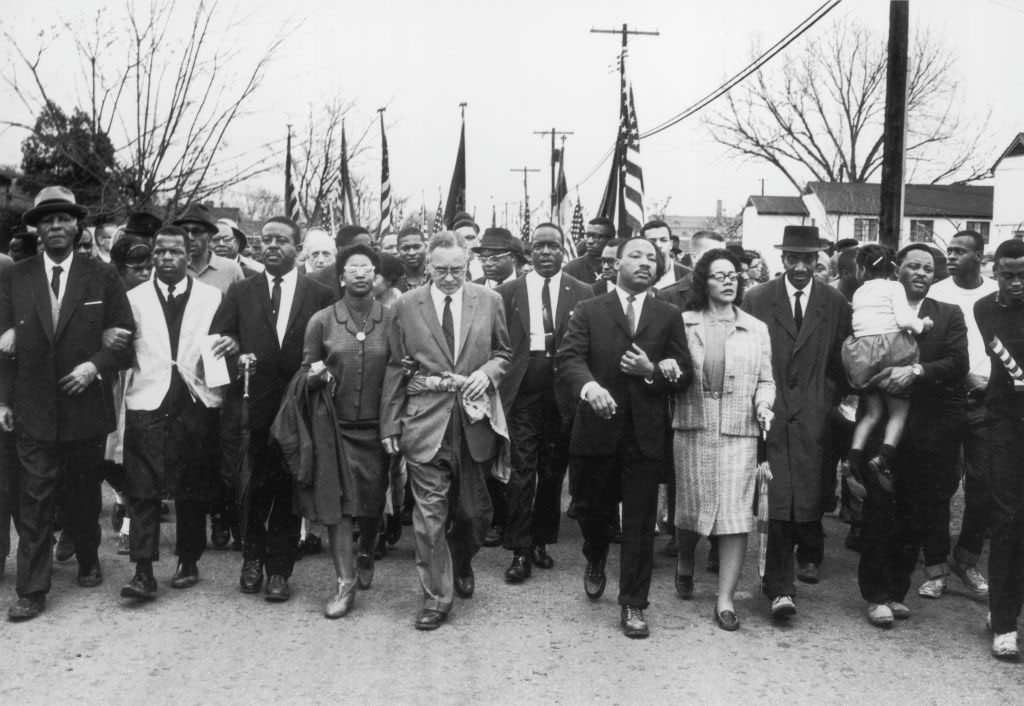I started making salami a year ago. It’s hard to explain the beauty of this process. Part of it is the history–man has been dehydrating, curing, and fermenting for millennia. The first practitioners were cavemen who rubbed salt on meat to preserve it for long travels. Cultures across Europe have derived culturally-specific forms. The Spanish have their chorizo, a smoky pork beauty that lingers on your palate. The Italians have their sopressata with its fatty richness, twin peppering, and garlicky backbone. I grew up on karnatzel, a kosherized Slim Jim whose birth certificate was lost when it emigrated from wherever in Eastern Europe. There is beauty in being part of a craft so old, so steeped in cultural meaning, so much larger than oneself.
Part of the allure is the science and technology. We render raw meat safe by methodically extracting the water until a point where harmful bacteria cannot survive. It’s basic science: you regulate temperature and humidity to control fermentation and moisture loss. Once upon a time, this was done in a cave. But for less than $200, my friends and I converted an old fridge into a curing chamber. A temperature sensor turns the fridge on or off to keep it at 55 degrees; in parallel, a humidity sensor and humidifier keep the air at 75% humidity; and a desk fan ensures adequate air circulation. All of this allows us to maintain degree-perfect conditions. There is beauty in science, technology, and precision.
But curing meat is just as surely an art. My friends and I labor over ingredient selection, whether it’s fennel pollen or bay leaves or the cut of heritage hog. For me, when I stand in Fatted Calf or Boccalone, I feel like a kid with a box of crayons in the Sistine Chapel.
Perhaps most importantly–and as relevant here–there is a connection to the animal, to nature. Grinding backfat and hog shoulder and packing it into intestine and bladder reminds you that you’re eating a fellow mammal, a creature with the same organ system and the ability to feel complex emotions. It reminds you that meat does not grow on a tree. For me, this led me to contemplate my ever-attenuating connection to my Jewish heritage. Even as I fell in love with the hog, and its feral cousin, the wild boar, my increasingly moral-based connection to meat production drew me back to the core tenets of kashrut–responsibility toward the environment, humaneness toward animals, and respect for our bodies.
Indeed, I launched a project on Inkshares, looking to examine the core concepts with which I was raised. I wondered things. If the entire philosophy is predicated on mercifulness, how could veal or foie gras be Kosher? Does eating flesh laden with hormones, remnants of prescription drugs, and toxic substances like arsenic respect our bodies? If produced in an environmentally irresponsible way–e.g. Concentrated Animal Feeding Operations (CAFOs) that produce tremendous amounts of manure and wastewater–shouldn't that meat, however slaughtered, be denied a Hechsher? Backed by similarly interested folks, I plan to devote myself for the next few months to the study of these issues.
We often find things in strange and unexpected places. I once found a discarded Shrek costume in the bathroom of a French restaurant on Valentine’s Day. For me, elbow deep in ground hog parts, I found a road back to Judaism.
For more information about Adam's project, visit his Inkshares project profile





















 More news and opinions than at a Shabbat dinner, right in your inbox.
More news and opinions than at a Shabbat dinner, right in your inbox.